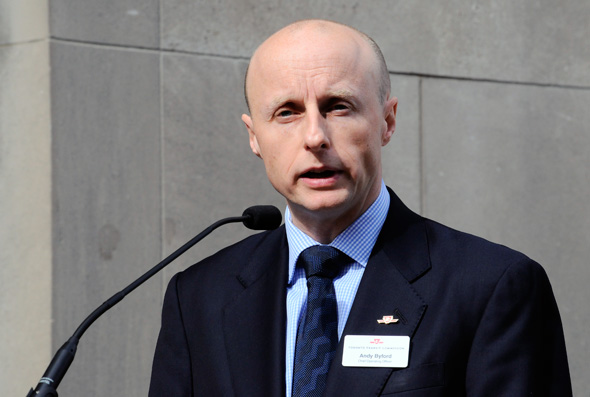Go ahead and advocate for fare zones if you want to increase the already bitter divide between the inner suburbs and the core. Go ahead if you want to increase the suburb's antipathy towards the TTC and further reliance on the car. Our transit system only operates efficiently when heading towards the core. Getting anywhere else by transit, from one suburb to another, or even within one old suburb, is a huge, time-wasting, uncomfortable pain in the ass. My guess is that many people living in distant parts of Scarborough or Etobicoke or North York purchase Metropasses and use them only to get back and forth to work, a basically break-even transaction. Someone living in old Toronto can purchase a Metropass and use transit several times a day, every day, as part of a vibrant urban lifestyle. This would even be more true if we were blessed with the necessary DRL serving the Distillery, CityPlace, Liberty Village, Leslieville and Parkdale, if there was an improved rapid transit network in the core. This situation is a natural outcome of individual's choices in how and where they live, but it would be very unfortunate if we were to further divide our city by imposing greater costs on one group of people when their experience of transit is as a much lesser service.





